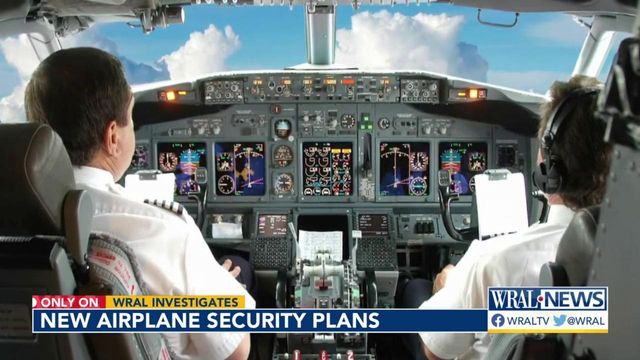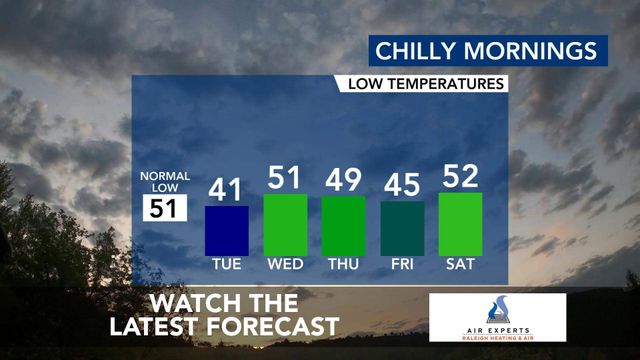Keep the cockpit safe: Feds call for additional security after unruly passenger forces plane to land at RDU
A Washington, D.C. woman faces obstruction charges following a Wednesday incident on an American Airlines flight that was forced to land at Raleigh-Durham International Airport.
After the incident, the Federal Aviation Administration once-again called for an additional layer of in-air security to protect the cockpit from unruly passengers.
WRAL Investigates looked into the added layer of security and found it’s more than 20 years in the making — and waiting.
Following the terror attacks on 9/11, multiple layers of airline security were added, including fortified cockpit doors that are harder to break down. Another one of those safety recommendations includes a secondary cockpit. More than 20 years later, that security recommendation is still bogged in red tape and debate.
"We completely support secondary barriers in all of our aircraft and it’s an obscene practice to have flight attendants use their bodies as the barrier between the cabin and the cockpit," Sara Nelson, president of the Association of Flight Attendants told lawmakers as recently as 2019 during a hearing.
The nation’s largest pilots union also supports the extra layer of protection, but it hasn’t gone beyond the recommendation stage for all these years.
WRAL Investigates found multiple examples of the secondary security barrier on companies that are making and marketing the devices. They almost look like mini versions of sliding storefront gates you see at the mall. The gates would stand between the cockpit door and the first row of first class seats. The barriers aren’t solid doors. They would still allow the cockpit crew to see what’s going on in the cabin and offer one more layer of protection from passengers with bad intentions.
For now, the FAA is only pushing for secondary barriers as a requirement in new aircraft. WRAL Investigates found Boeing and Airbus already offer the safety feature in new orders. According to one manufacturer, it would only cost between $5,000 and $10,000 to retrofit existing planes, but so far, that idea’s not even on the table.
Some opponents argue the new safety feature isn’t needed, since the new fortified doors offer enough protection against cockpit intrusions. Supporters say those fortified doors are no good if a crew member leaves the cockpit and a passenger rushes the front of the plan while the door is open. The secondary barrier would prevent that from happening.
Opponents also argue the proposed two-year window to implement the new secondary barrier is not enough time. They’d prefer another year before the rule would take place, despite more than two decades of preparation time after the safety feature was first proposed.
Several bills have been filed in Congress over the years to make the secondary barriers a law, not just rule. Many are named after victims of the 9/11 attacks. WRAL Investigates found only one North Carolina lawmaker as a sponsor of one of those pieces of legislation. We requested an interview Thursday with U.S. Rep. Kathy Manning, D-North Carolina, but she was not available due to travel plans.












